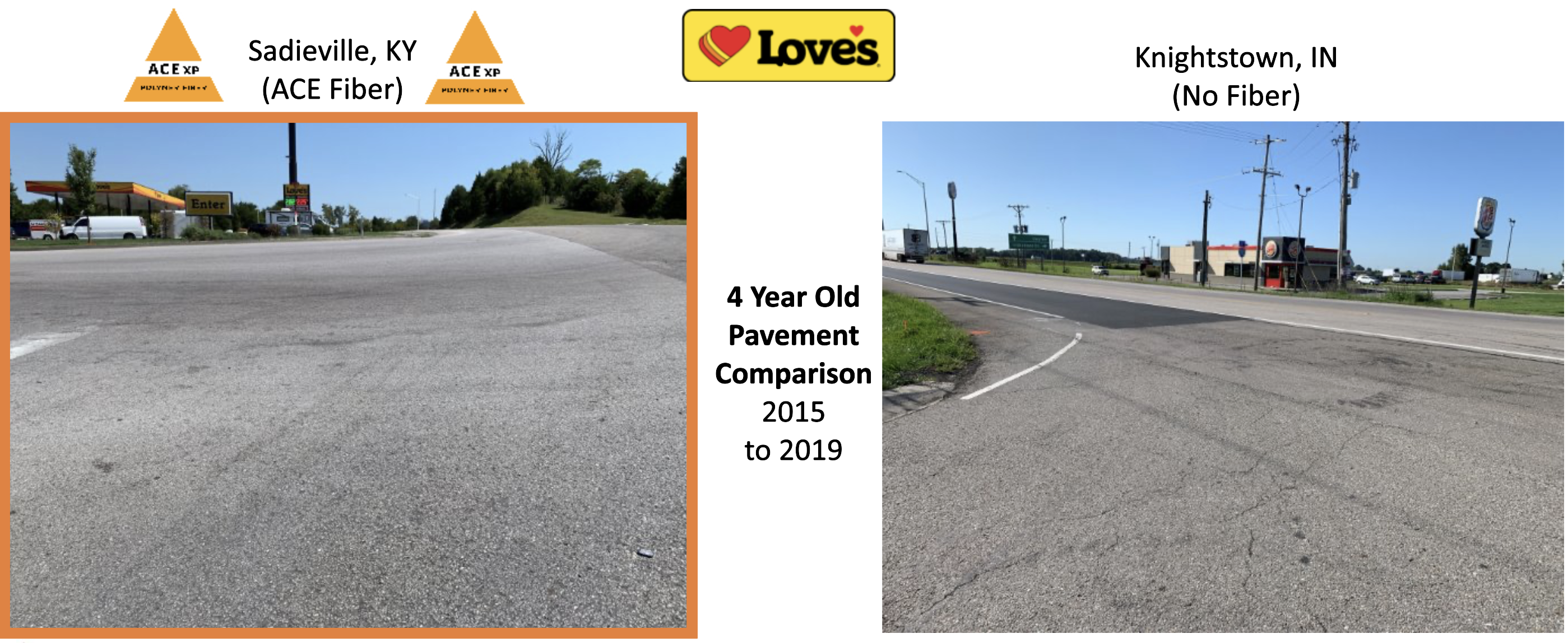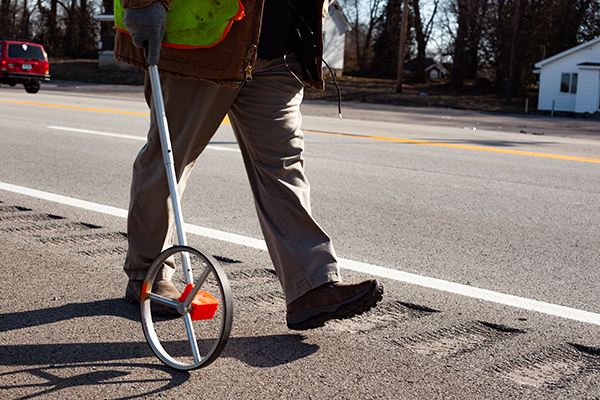7 Years of Data on ACE XP
Resurfacing Approximately 3 Miles of Old Knoxville Road
Location: Location: Dixie Highway, Jefferson County, KY
Date: 2016-2022
Scope: Comparison between ACE XP-reinforced asphalt (northbound) and control (southbound) lanes.
Objective: Evaluate the performance of ACE XP Polymer Fiber in reducing cracks and extending pavement life over seven years.
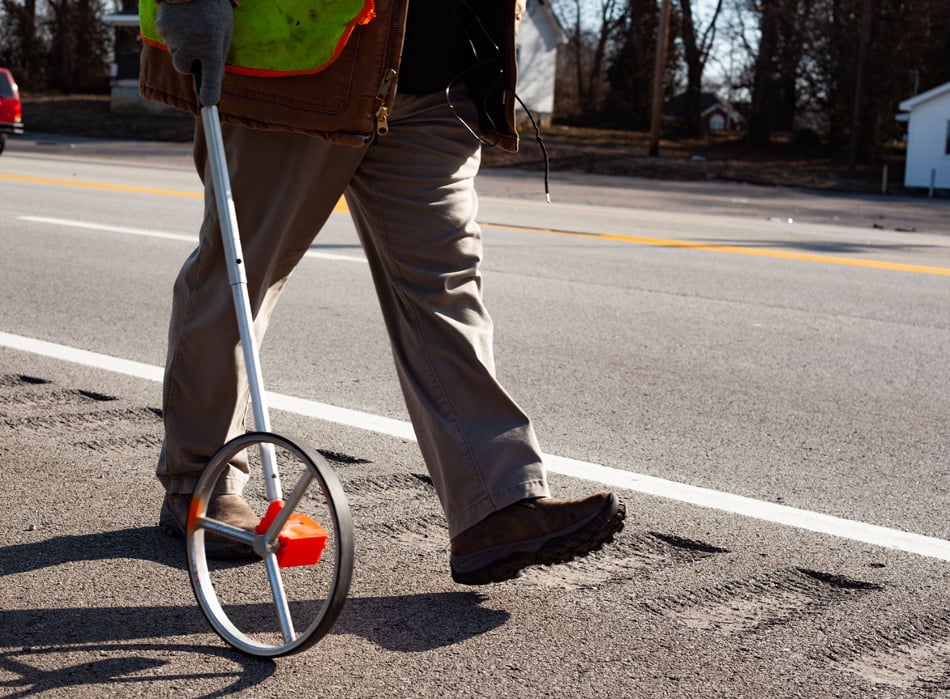
Background
The Kentucky Transportation Cabinet (KYTC) conducted an extensive crack count study on a high-traffic section of Dixie Highway, paving one lane with ACE XP Polymer Fiber and using the other as a control. This study aimed to measure the long-term performance of aramid fiber reinforcement in minimizing pavement cracking and increasing durability.
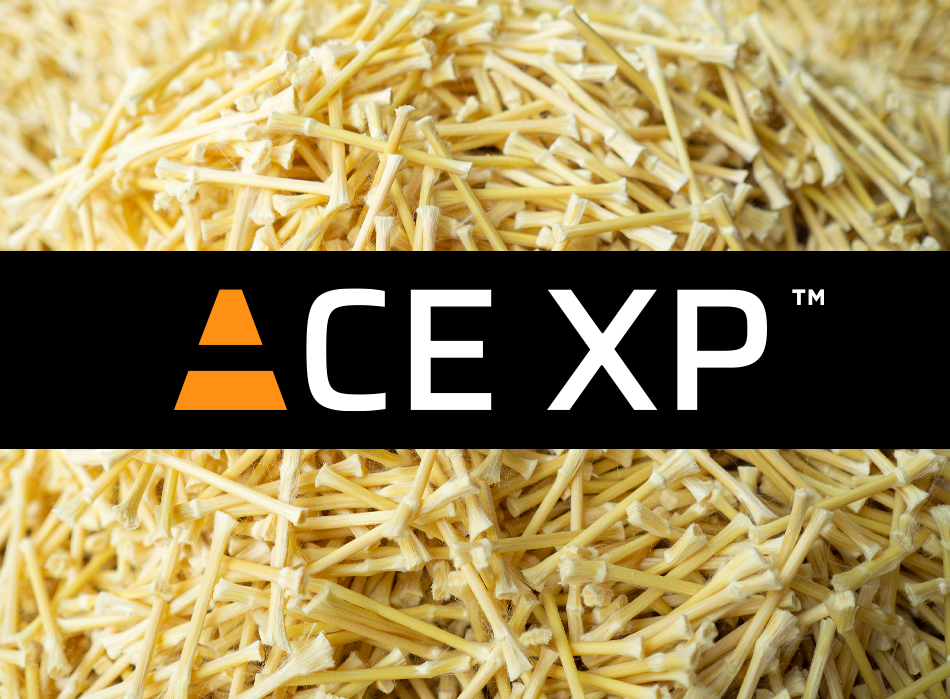
Performance Results
After seven years, significant differences in crack development were observed:
2018: Minimal cracking in both lanes (Control: 18 LF; ACE XP: 24 LF).
2019: Cracking increased substantially in the control lane (Control: 125 LF; ACE XP: 29 LF).
2020-2021: Control lanes showed 500% more cracks (2020: 385 LF vs. 76 LF; 2021: 622 LF vs. 282 LF).
2022: By the final year, the control lane had 941 LF of cracks, while the ACE XP lane had 599 LF, a 36%.
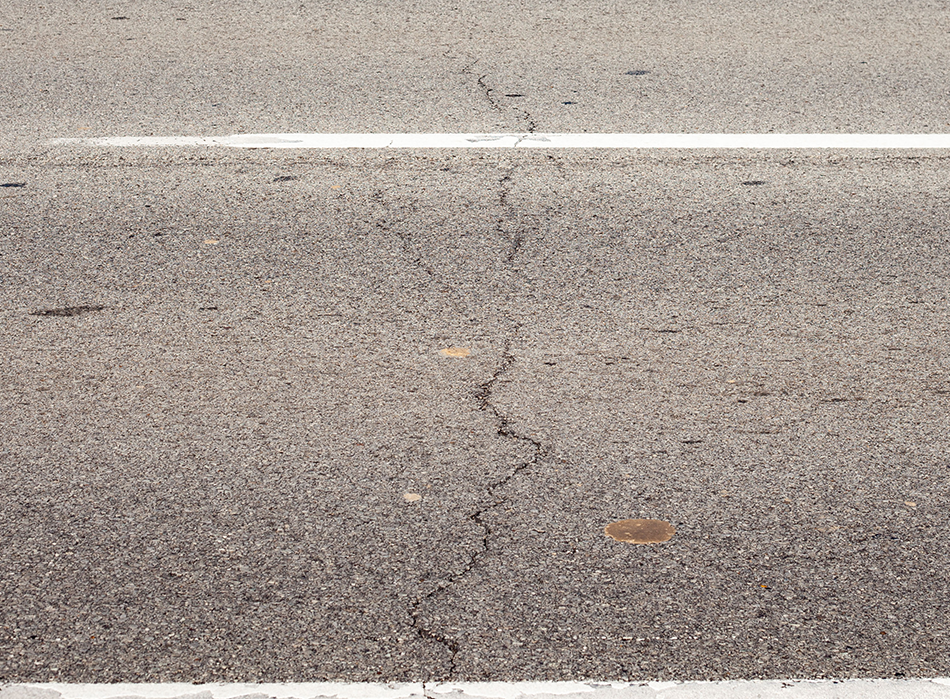
Key Benefits of ACE XP Polymer Fiber
- Crack Reduction: The study showed 36% fewer cracks in the ACE XP lanes after seven years.
- Extended Lifespan: Aramid fibers enhanced tensile strength, leading to a longer pavement lifespan.
- Sustainability: ACE XP’s low-carbon footprint (0.67 kg CO2 per ton) supports green infrastructure goals, aligning with federal sustainability initiatives.
- Cost Efficiency: With fewer repairs required and less frequent resurfacing, ACE XP offers long-term cost savings for state transportation departments.
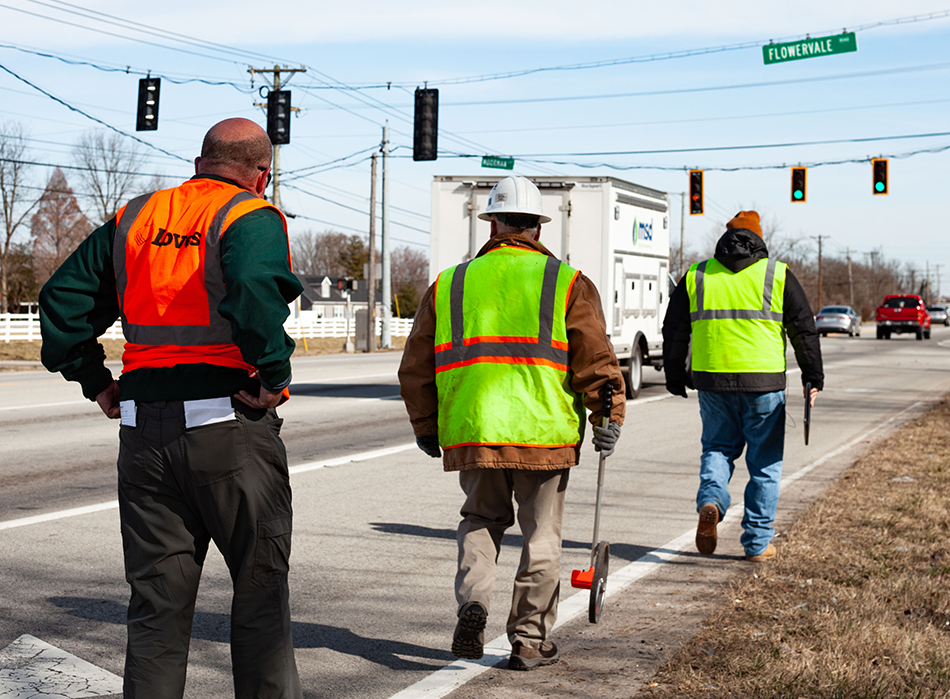
Conclusion
The KYTC study highlights the effectiveness of ACE XP Polymer Fiber in reducing cracking and extending pavement life, making it an ideal solution for high-traffic roadways. Its combination of durability, sustainability, and cost savings positions aramid fiber reinforcement as a valuable technology for future infrastructure projects.

